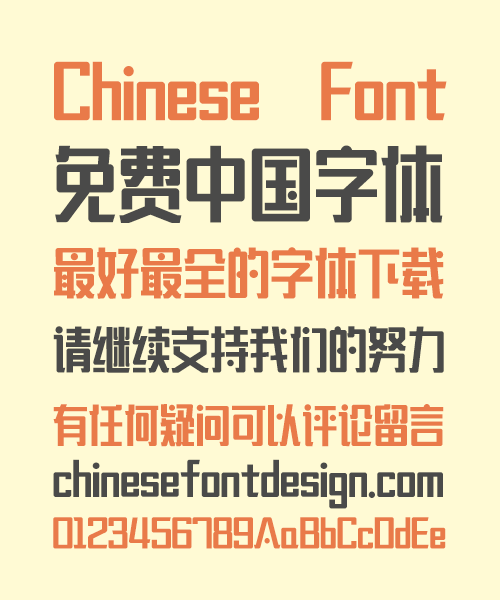
Adobe holds the copyright to the typeface design, and the fonts are released under the Apache License, version 2.0 which makes them freely available to all without restriction.Ībout this partnership: Google contributed significant input into project direction, helped to define requirements, provided in-country testing resources and expertise, and provided funding that made this project possible. Adobe will release it as Source Han Sans as a part of Adobe's Source family. Google will release it as Noto Sans CJK as part of Google's Noto font family.


Google and Adobe partnered to develop this free high-quality Pan-CJK typeface. In addition to ideographic characters, Noto Sans CJK also supports Japanese kana and Korean Hangeul-both contemporary and archaic. Noto Sans CJK is designed to take these variations into account. Look at how the inner top part and inner bottom part are different. For example, the image below shows variants of the same character (骨 - bone) designed for Simplified Chinese, Traditional Chinese, Japanese, and Korean. As a result, the same character can vary in shape across the different languages. Although all originated from ancient Chinese forms, in each region and language they evolved independently. One of the primary design goals of Noto Sans CJK is that each script should retain its own distinctive look, which follows regional conventions, while remaining harmonious with the others.Ĭhinese ideographic characters are not only used by Simplified and Traditional Chinese, where they are called hanzi, but also by Japanese (kanji) and Korean (hanja). Fully supporting CJK requires tens of thousands of characters-these languages share the majority of ideographic characters, but there are also characters that are unique to only one language or to a subset of the languages.


 0 kommentar(er)
0 kommentar(er)
